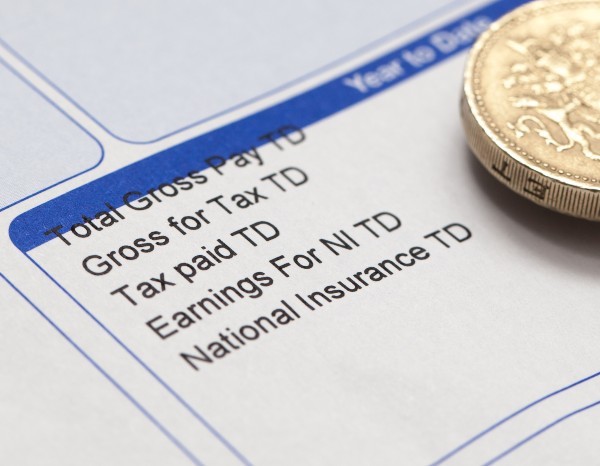
HMRC have released a new online tool to help taxpayers understand what their tax code means.
Tax codes are used by HMRC to tell an employer how much income tax to withhold through the “Pay as you earn” (PAYE) system. A person’s tax code can change from time to time, based on their individual circumstances. If it does change, HMRC will inform the taxpayers of their new tax code by post or through their personal tax account.
You can use this tool to find out what the numbers and letters in your tax code mean and how much tax you will pay. To check what your tax code means, you will need your:
- tax code;
- annual income, before any deductions;
- company benefits details; and
- State Pension amount.
The new tool can be accessed on the gov.uk website here.
If you need to change your tax code, you can use another HMRC online tool entitled “Check your Income Tax for the current year”. The service covers the current tax year (6 April 2023 to 5 April 2024). You can use it to:
- check your tax code and Personal Allowance;
- see your estimated income from any jobs and pensions and the tax you can expect to pay for the current tax year;
- update details of your income from jobs and pensions - you may pay too much or too little tax if they’re not up to date;
- see if your tax code has changed;
- tell HM Revenue and Customs (HMRC) about changes that affect your tax code; and
- update your employer or pension provider details.
To check your Income Tax, you’ll need to sign into your personal tax account using your Government Gateway user ID and password.
If you do not have a personal tax account
You need a Government Gateway user ID and password to set up a personal tax account. If you do not already have a user ID, you can create one when you sign in for the first time.
You’ll need your National Insurance number or postcode and 2 of the following:
- a valid UK passport;
- a UK photocard driving licence issued by the DVLA (or DVA in Northern Ireland);
- a payslip from the last 3 months or a P60 from your employer for the last tax year;
- details of a tax credit claim if you made one;
- details from a Self-Assessment tax return (in the last 2 years) if you made one; and
- information held on your credit record if you have one (such as loans, credit cards or mortgages).
For further information visit Check your Income Tax for the coming year.

.jpg)
.jpg)
.jpg)




